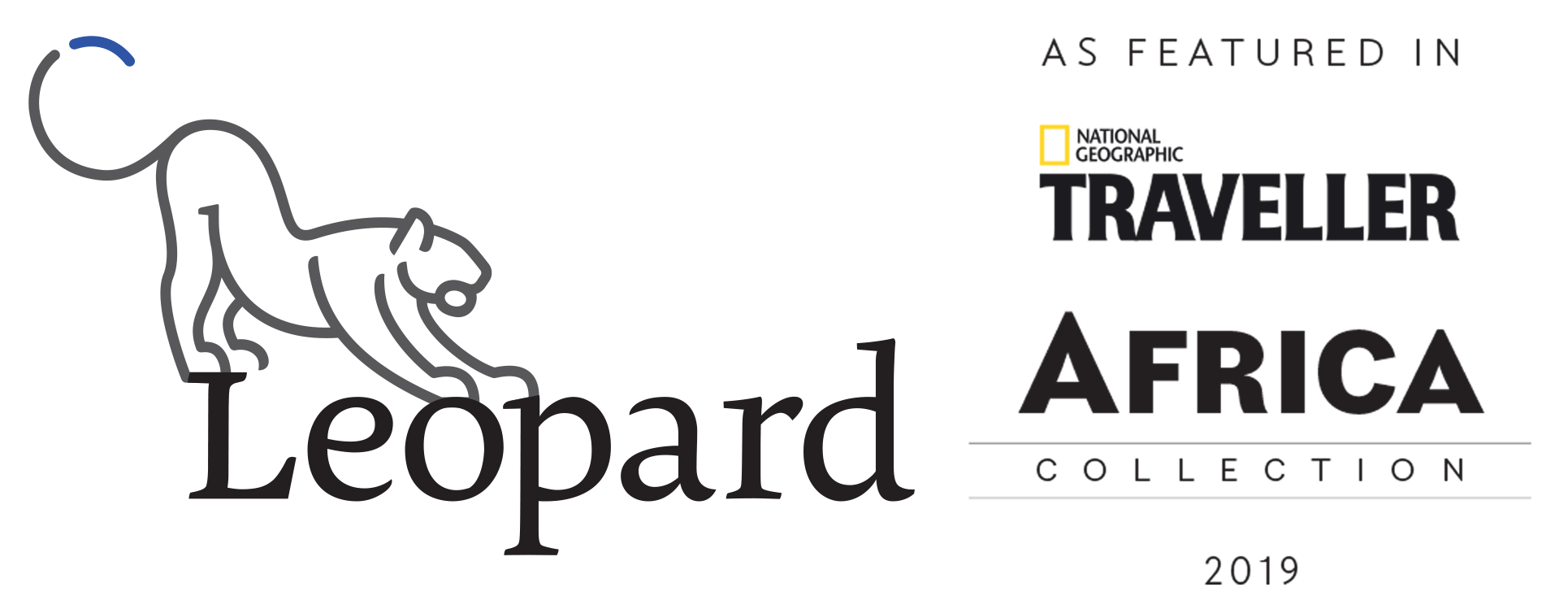Of Shoebills, wetlands and walking safaris.
In 2000, I briefly joined my parents as an employee on their overland safaris in Southern Africa. My father had started his company in 1992 and with it, he wanted to take people into the wilderness areas of Africa. The company had evolved by 2000 into a specialist birdwatching and ecotour business. My father was in charge of the car, driving and guiding and my mother did the cooking, helped with guiding and did the reservations. I was responsible for washing the dishes and the car and organising breakfast at 5AM.
On these trips I was introduced to a new kind of birdwatcher, a “twitcher”. My parents had always enjoyed birdwatching and I could identify quite a few birds by the time I was 18. But I had never met a twitcher. A twitcher is a birdwatcher whose main aim is to collect sightings of rare birds. Every evening, the group sat around the campfire, with a beer or glass of wine in hand, and went through the bird list of the day. They ticked off the birds they had seen and if a member of the group had seen a “lifer” this meant that they had seen and positively identified a bird for the first time in their lives. There was much excitement and discussion during these soirées especially if the number of species spotted was large and many “lifers” were seen. Their clients were a passionate bunch.
One of their clients told us about the bird he dreaming most of seeing. This bird was the Shoebill Stork. It is very rare, and rarely seen. It lives for 35 years, an extraordinary long time for a bird. It is also tall, up to 140cm. The signature feature of the species is its huge, bulbous bill which gives it an odd appearance. It is not a beautiful bird but its elusiveness makes it very attractive to birders.
The Shoebill captured my imagination and I also dreamed about seeing it one day, even though I am not a serious bird watcher. 20 years later and I have still not seen one, but I have a plan! The best place to see Shoebills is Zambia, specifically the Bangweulu Wetlands. Conservationists there monitor breeding sites and if you visit in May-July (to avoid long walks through watery wetlands) you should be able to see a Shoebill Stork in a stay of 3 days or longer. Incidentally, Zambia is one of the best places on the continent for walking safaris, especially North Luangwa where the shady trees and sparse vegetation make walking very pleasant compared to other places where the hot sun and dense bush makes walking uncomfortable.
The reason there are so few Shoebills left in the world is because humans have systematically destroyed their wetland habitat. Conservation is precarious, especially with increasing pressure from humans. Tourism stopped during the global health pandemic and this meant that funds, in the form of conservation levies from tourists, dried up. Here at Leopard we believe that we need to make every effort to preserve diverse ecosystems for future generations. To do our part to help, we are supporting Ride4Rangers and invite you to do the same. We are hoping to raise ZAR 10 000 (USD 560) to support rangers who are the first line of defence to protect endangered species but in many places, there is no longer the funding for them. Please visit our JustGiving page here for more information on how to support this cause.
Happy travel dreaming!
Diana
Below, with my mom, on safari in 2000.

Sign up for more newsletters like this here: https://mailchi.mp/2e4afa50d15f/leopard


